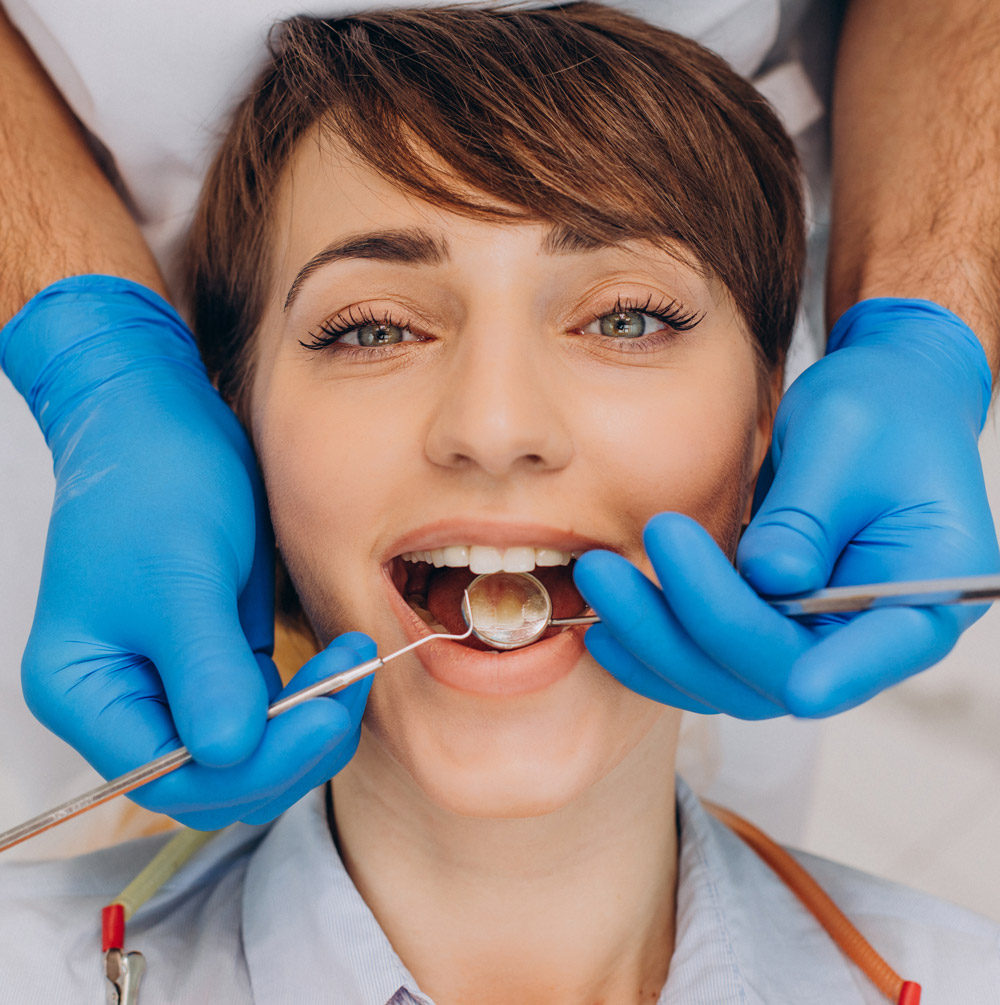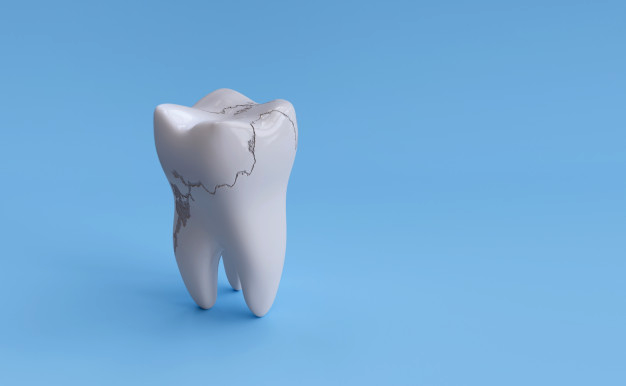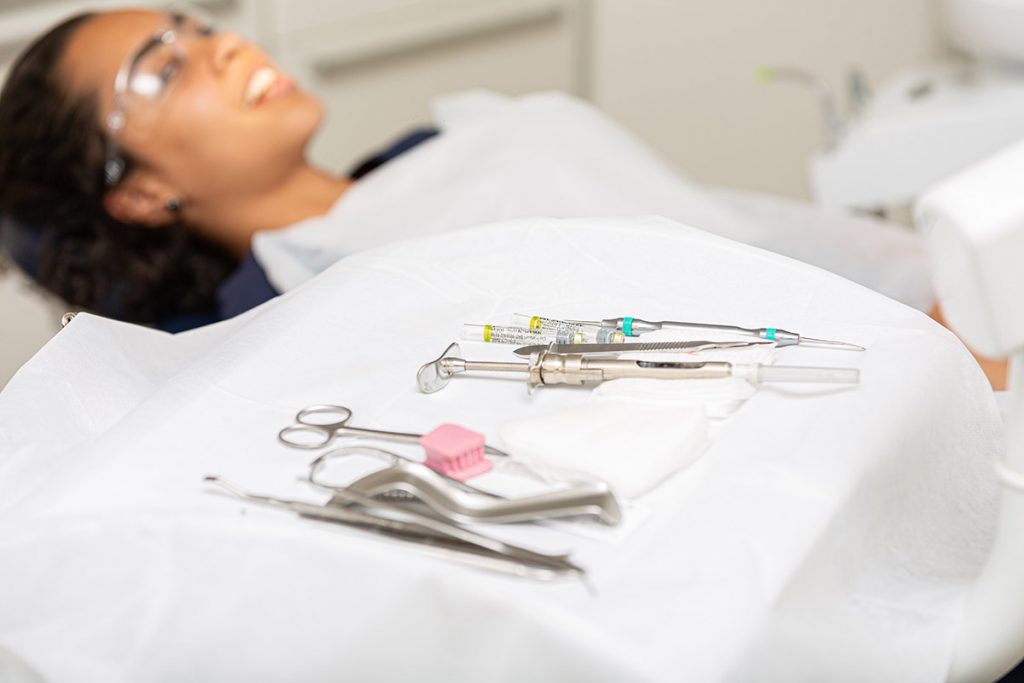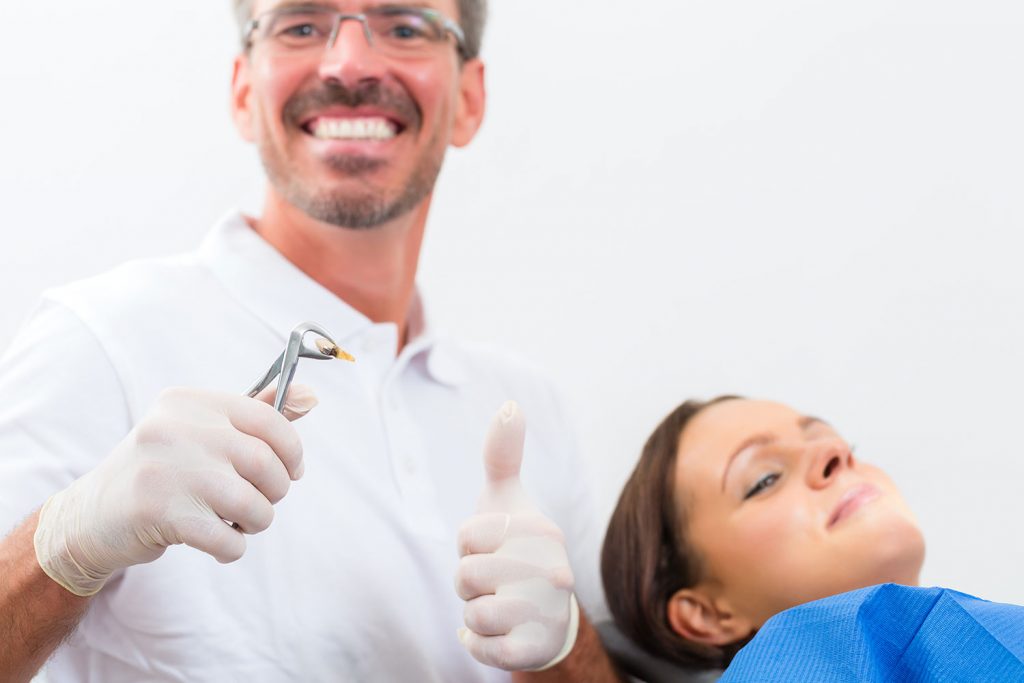
Emergency wisdom tooth extraction appointment
Wisdom teeth, also known as the third molars, are the last tooth to erupt in the oral cavity. They generally start coming out after the age of 18. A wisdom tooth is a large tooth at the back of your mouth, which helps chew and break down food. However, wisdom teeth are notorious for the way they come out in the oral cavity. There are many unusual situations that can affect your wisdom teeth and the way they erupt. If you find yourself in one of them, book an emergency wisdom tooth extraction with us.

Why and when is a wisdom tooth extraction necessary?
In an ideal situation, the wisdom tooth should erupt straight and right behind the second molar. In some instances, the wisdom tooth can erupt at an unusual angle making in tilted.
Sometimes, it can be completely hidden within your gums as they are not able to emerge. This can trap bacteria and food debris which leads to infection of the wisdom tooth, gums and even the bone. In such a case, the removal of the wisdom tooth becomes necessary.
Other times, they may emerge only partially from the gums. Wisdom teeth are hard to clean as the brush does not reach this area, giving disease-causing bacteria a perfect chance to hide and damage the tooth and surrounding structures. It can lead to decay and infection of the gums, which necessitates its removal.

Due to lack of space between the second molar and the ramus of the mandible, the wisdom tooth may fail to erupt and become impacted in the bone. In such situations, it can create pressure on other teeth leading to their decay and leading to intense jaw pain, which again necessitates wisdom tooth removal. Impacted wisdom teeth can also be accompanied by fluid-filled sacs known as cysts, in which case it has to be removed in an emergency.
Extensively decayed wisdom tooth has to be removed as saving this tooth becomes impossible. Gum disease and repeated infections of the gum near the third molar, like pericoronitis can be caused by your wisdom teeth. In all such situations, there is no other option than to remove the wisdom tooth.

Diagnostics before wisdom tooth extraction
As mentioned above, wisdom tooth tends to erupt in unusual places with a disturbing angulation. They tend to have varied anatomy, and their proximity to nerves and vessels of the jaw means their removal has to be planned meticulously to prevent any injury to such an important structure. Our dentist in London will take elaborate dental and medical history. After this, they will do an entire intraoral and extraoral examination to check for any signs of inflammation beyond the mouth. Intraoral dental X-rays will be taken to locate the exact position of the teeth. The greater the amount of soft tissue and bone present over the wisdom teeth, the more difficult is the extraction. Sometimes, intraoral x-rays may be supplemented by extraoral x-rays like OPG, or our dentist may even suggest you get a CBCT done to determine the correct position of the wisdom tooth. Proper diagnostics before the surgery is key to preventing any complication during and after the surgery.

The procedure of wisdom tooth extraction
Wisdom tooth extraction begins with anaesthesia. Our dentist in London will inject a local anaesthetic via injection to block the nerve at the treatment site. Sometimes, during impacted tooth removal or in cases of nervous patients, intravenous sedation is given to make you numb and drowsy during the surgery. This ensures that you don’t feel any pain and are relaxed during surgery. Everyone responds differently to anaesthesia. You should not feel any pain during the procedure, only light pressure.

Once adequate anaesthesia has been achieved, our dentist will begin the extraction process by carefully incising the gums to expose the underlying wisdom tooth. In cases where the wisdom tooth is impacted into the bone, the bone has to be cut to create access to the tooth structure. The amount of bone removed depends upon the amount of bone covering the tooth and the angulation of the tooth.

Once access is gained, the tooth is elevated and removed. In some cases, the tooth might have to be sectioned to prevent injury to nearby structures, and then each piece is meticulously removed.
Once our dentist has removed the entire tooth structure, the socket is again checked for any remains of the tooth. If necessary, they will suture the gums to ensure proper healing. At the end of your wisdom tooth extraction, you will be asked to bite down on the gauze for 30 minutes to reduce the bleeding and initiate blood clot formation for appropriate healing.
Post-surgical care
- The effect of anaesthesia can last for some time. If possible, make sure someone accompanies you to our clinic on the day of your surgery.
- Follow all the instructions given to you diligently.
- Ensure that you are taking your medications prescribed by our dentists at the proper times as instructed.
- Do not smoke for 24 hours after wisdom tooth extraction. Smoking delays healing.
- Do not forcefully spit, rinse or drink from a straw for 24 hours after wisdom tooth removal.
- Use an ice pack on your face to reduce swelling.
- Eat soft and cold foods.
- Avoid alcohol for 24 hours after wisdom tooth extraction.
- Avoid eating hot foods and consuming hot beverages for a few days.
- Ensure proper hydration.
- Brush gently, and do not brush over the clot as you may end up removing it, leading to a dry socket.
If you have any questions or you think you may need a wisdom tooth extraction, you can schedule an appointment with our excellent dentist in London, and they will help you stay at the top of your oral health.
